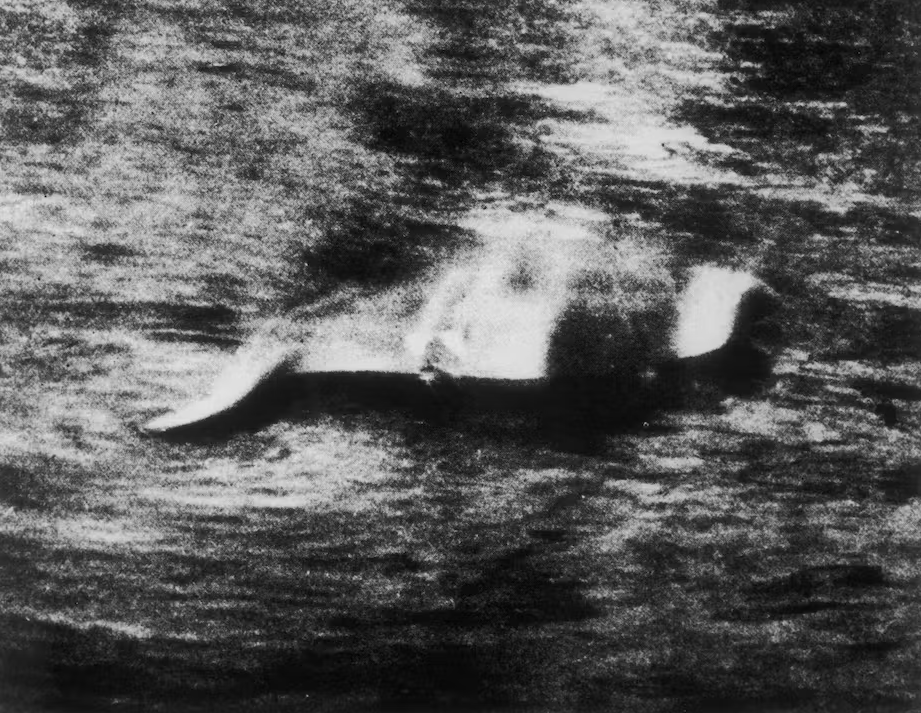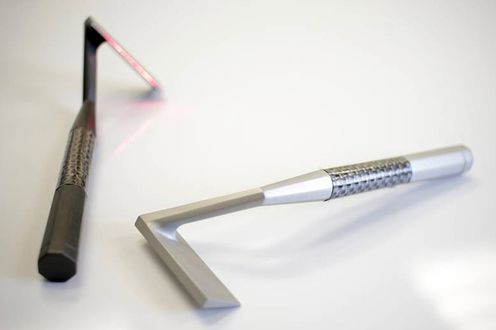 Correlation: Sitting Is Bad For Your Health And Exercise Won't Help
Correlation: Sitting Is Bad For Your Health And Exercise Won't HelpAdvances in technology in recent decades have obviated the need and desire for humans to move....
 It's About Calories, So Kimchi Is Not A Weight Loss Superfood - But You May Eat Less
It's About Calories, So Kimchi Is Not A Weight Loss Superfood - But You May Eat LessFermented foods have become popular in recent years, partly due to their perceived health benefits....
 Beekeepers Are Wrong About Overwinter Hive Behavior
Beekeepers Are Wrong About Overwinter Hive BehaviorHoneybees in man-made hives may have been suffering the cold unnecessarily for over a century because...
 Why Does Anyone Still Search For The Loch Ness Monster?
Why Does Anyone Still Search For The Loch Ness Monster?Hugh Gray was taking his usual post-church walk around Loch Ness in Scotland on a November Sunday...






 Since their first use in the 1960s, there has been a tremendous expansion of laser technology into an impressively wide range of uses, from fundamental science, health care and security to entertainment. Since Theodore Maiman’s first working laser at the Hughes Research Laboratory in 1960 more than 55,000 patents on laser technology have been filed in the United States alone.
Since their first use in the 1960s, there has been a tremendous expansion of laser technology into an impressively wide range of uses, from fundamental science, health care and security to entertainment. Since Theodore Maiman’s first working laser at the Hughes Research Laboratory in 1960 more than 55,000 patents on laser technology have been filed in the United States alone. 



